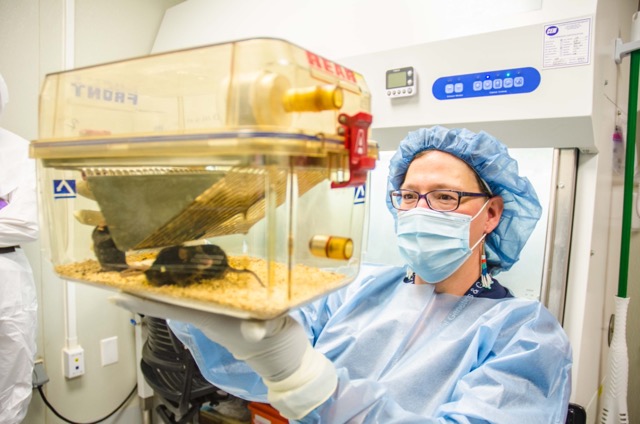Tackling the Valley Fever Vaccine
Understanding the Fungal Anomaly
Valley Fever is an important Arizona and California infectious disease, but until now PMI has struggled to get attention from Federal Health Agencies. It is caused by a fungus found only in very hot soils and with little impact in the rest of the United States.
Recently, Drs. Bridget Barker, Erik Settles, and Paul Keim were awarded a large NIH grant to develop a vaccine to prevent the disease. This is a 5-year project with many problems to solve before the vaccine is ready. Unlike the COVID coronavirus vaccine, researchers are still trying to understand what part of this fungus to target. The spike protein was the obvious and ultimate COVID vaccine target, but Valley Fever is much more complex with thousands of possible targets.

Which is the best Valley Fever target for a vaccine? Bridget Barker will be tackling that problem by knocking out fungal genes to identify which are critical to the disease’s progression. This type of genetic engineering is revolutionary and part of why NAU received this award.

How will this team know that immune system recognizes the vaccine target? Erik Settles will use deep NextGeneration DNA sequencing to examine T Cells and their protein receptors. These receptors recognize the vaccine targets and sets off an adaptive immune response to protect the host. This is a key innovative step and one that Erik will use to guide the mission to identify the right vaccine target.
Finally, NAU has partnered with Drs. Deborah Fuller and Jesse Erasmus at the University of Washington to use the most recent vaccine delivery technology. Like the mRNA COVID vaccines, the UW team will use RNA to deliver the NAU vaccine targets and look for immune responses that protect from disease. With this world-class team in place and pursuing a Valley fever vaccine, the future looks promising for major advancements in Valley Fever research and prevention.



